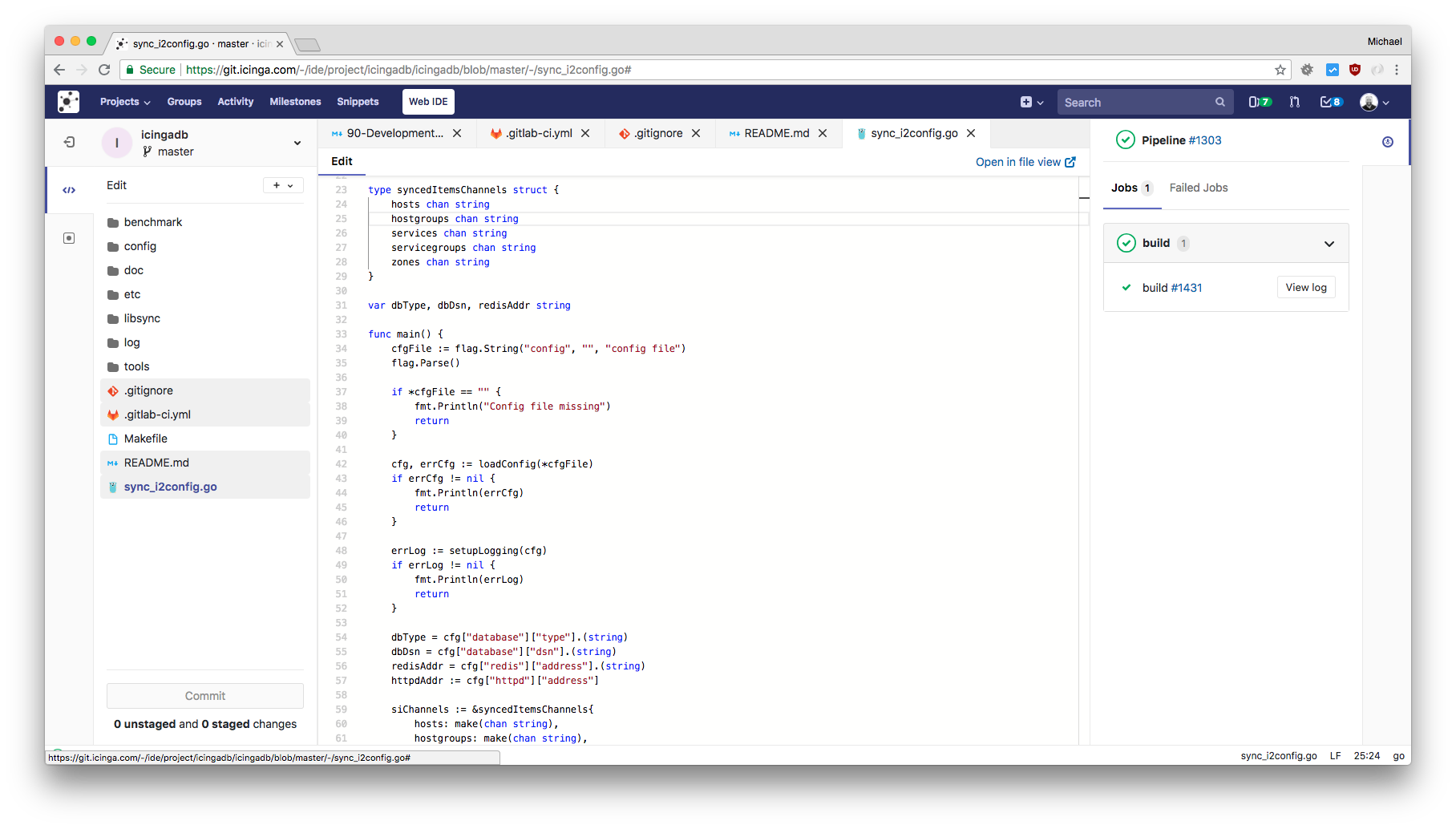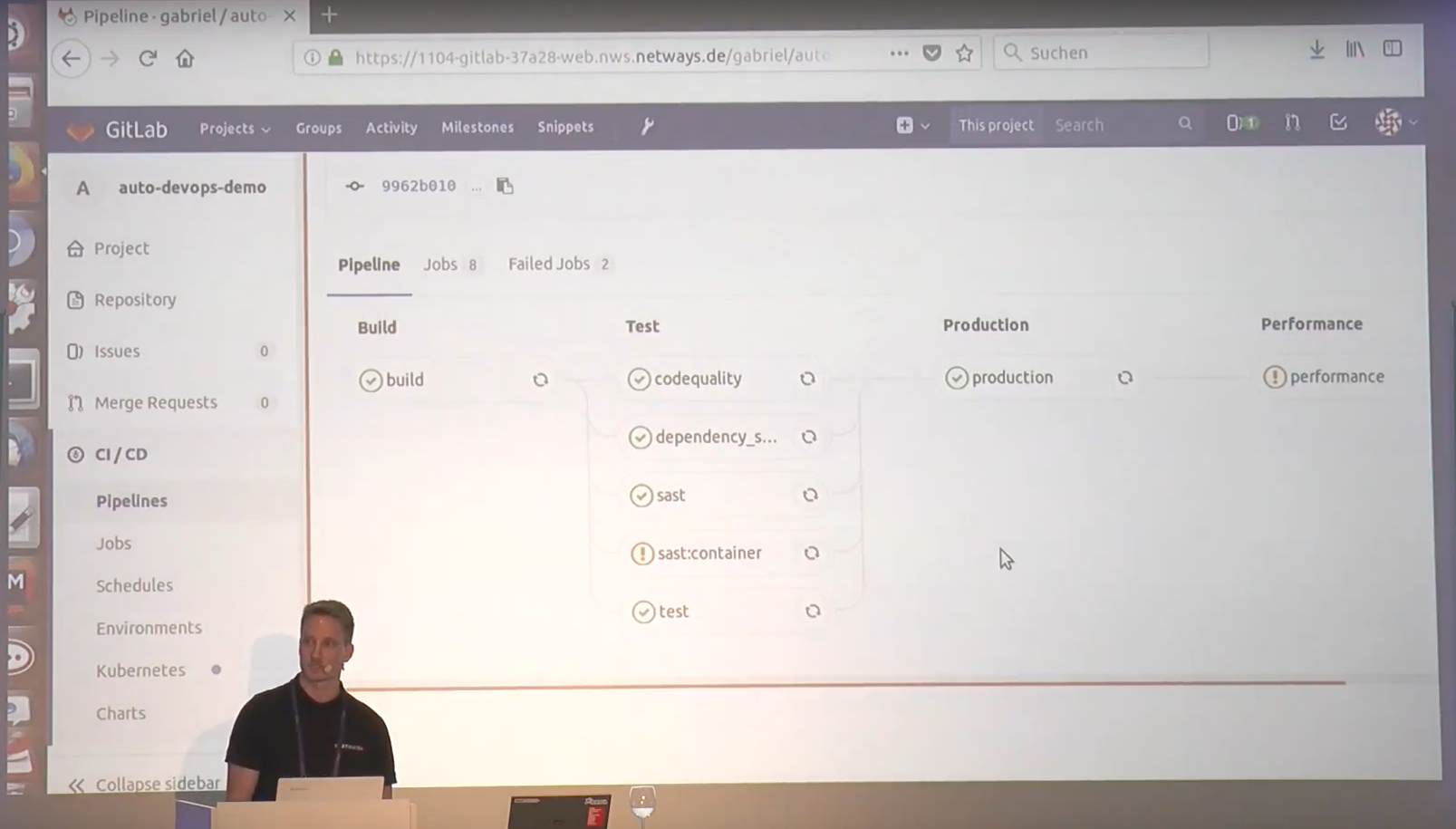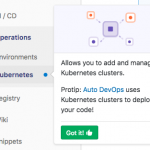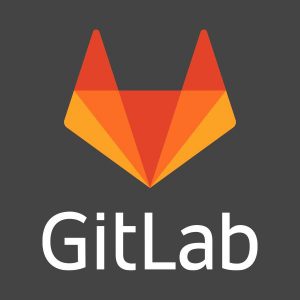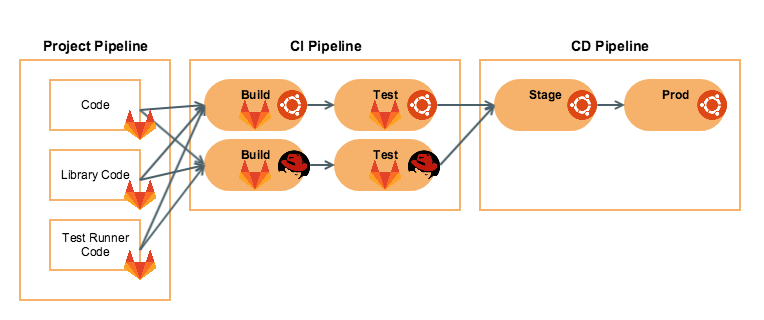
After a relaxed breakfast on Friday, Marius invited us into the icebreaker game. Rock-Paper-Scissors combined with catching the other team on win, really a challenge and discussions on failure afterwards. Before diving into a strategic outlook with Icinga and NETWAYS development, Flo made a shout-out for the first round of beer pong. Another group was like „hey, what’s cards against humanity with monitoring?“ and just started playing, that was pure fun 🙂
Later on, we did a full retrospective of the past year in our development team. Everyone shared their current mood, with then collecting three important topics (good or bad) from the past year. This entire timeline with many milestones was put in contrast with everyone’s mood over time. Reflecting the not-so-good tasks towards the „we really love this project and technology“ we created our own team „graph“.
Having shared this many feelings and milestones, we made it into another round – direct feedback on everyone’s important points, be it good or bad. We’ve then built a topic cloud from these and voted topics we would like to discuss and define solutions. The two of them were selected and we started to discuss, help each other, criticise specific points and agree on a solution together. Pure energy, and not even the BBQ being ready could have stopped us. Knowledge transfer, trainee practice, more direct feedback, interesting technologies and new projects coming up …
After all we enjoyed a lovely evening and night sitting by the campfire, playing another round of beer pong, chatting and enjoying life.
The next day our plan was to escape a room. 60 minutes, lots of puzzles and hints, to finally solve everything. It is hard to describe as everyone finds his/her role pushing the others to the next level and puzzle. And there’s discussion and „anger“ afterwards that you’ve lost 20 minutes on such a stupid question … but you failed together, and that’s a good feeling even 🙂
Next to getting to know colleagues and new trainees better, my personal highlights this year are these two quotes:
During our debugging sessions, I never had that feeling that I am treated as a „dumb“ trainee. My ideas and knowledge are taken into account, and I really like this in our team.
Your mission as Senior Developer or experienced developer is to share your knowledge and experience with your colleagues. Help them improve and learn from you, with the most detailed feedback you can give.
And on we go, we have to develop projects like Icinga DB, Reporting, NoMa, Mobile, support daily business with Icinga 2, Icinga Web 2, Icinga Exchange, Request Tracker, Pretix, Discourse, GitLab, Jenkins and so much more filling the timeline for next year’s dev retreat already 🙂


